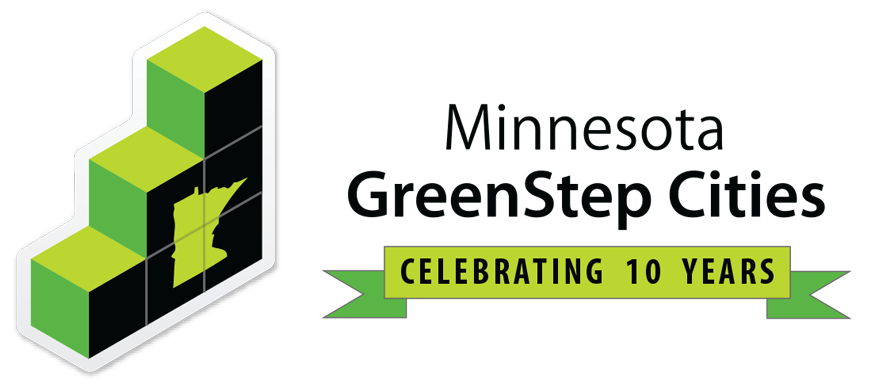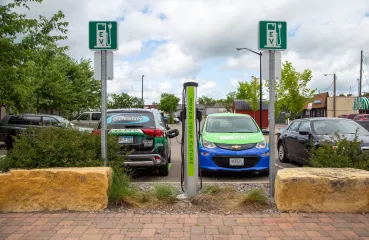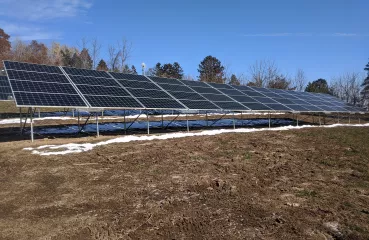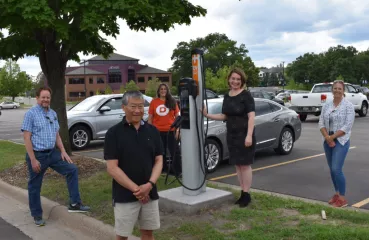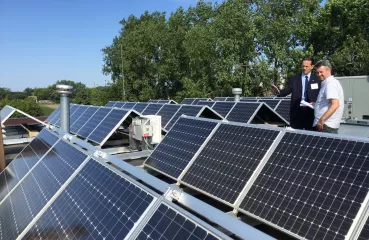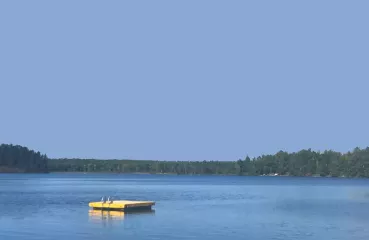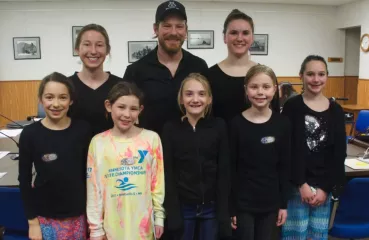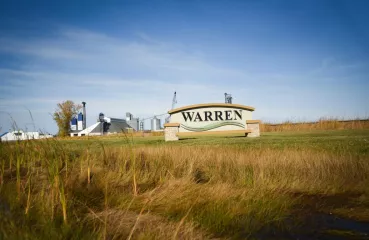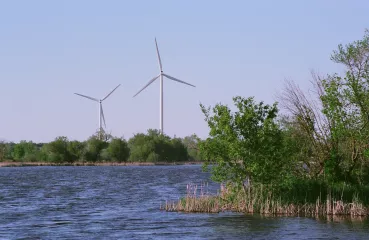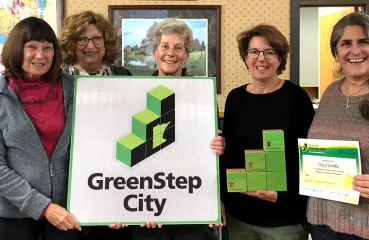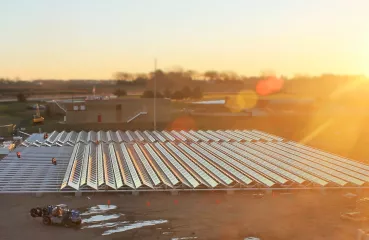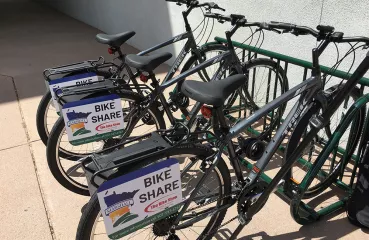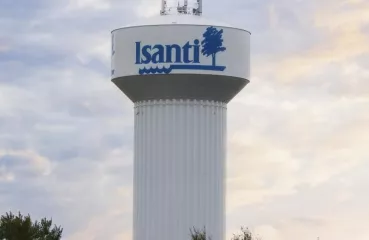Notably, the city’s successful work thus far has not always been easy to accomplish. Barriers come to St. Cloud in the form of time and funds. Projects either require a funding source or they’re designed to cover costs for themselves in the long-run. Kramer stresses the importance of not putting a financial burden on residents—projects should not only help with clean energy goals, but also remove any financial risk to tax-payers. On the other hand, time can become a challenge when there are ideas Kramer wants to implement right away. She exposes this issue by saying that, “actions will be long-term solutions for our community, so you have to take the time to formulate the ideas. We’re choosing the best possible steps for St. Cloud, and want to ensure that they’re going to serve our residents for a really long time, but sometimes I really wish you could get started right away, even though you have to move through all the steps to make sure it’s the best possible version of what it could be.”
Yet, these obstacles do not discourage the city; clean energy and climate change are both topics that drive St. Cloud's sustainability efforts. Both are important to the community where a shared culture of continuous improvement is fostered via city services, and part of that is seeking the best possible way to provide them. The city is benefiting more from cleaner energy than it ever has before, where the power used to maintain buildings and filter or treat wastewater are all directly energized from the city’s solar arrays and biofuel generators. This leads to an overall reduction in cost—making long-term financial sense to the community as well. Currently, there are 14 solar arrays built on city properties and two biofuel generators; one is already producing energy while the other one prepares to go online in the fall. Street lights, traffic lights, and park lighting have all been transitioned to efficient LED lighting.

